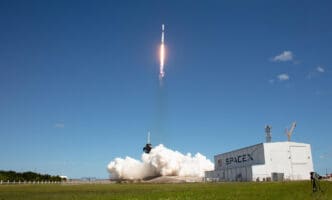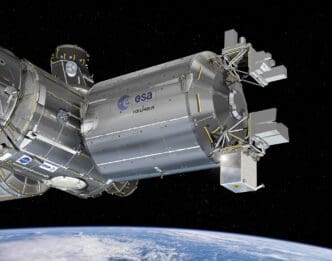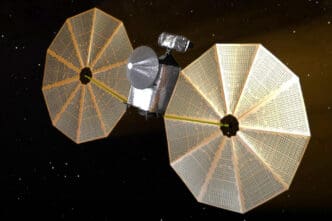While space is a vast and mysterious realm, it also presents endless opportunities for scientific breakthroughs. NASA is at the forefront, using the International Space Station as a platform for revolutionary research on materials. This research isn’t just science fiction but aims to change our daily lives on Earth.
By studying materials like metals, foams, and crystals in microgravity, researchers hope to unlock secrets that could lead to next-gen technology. This fusion of space and Earth science is what makes NASA’s work so thrilling. From strengthening metals to advancing 3D printing, the possibilities are endless.
Revolutionizing Construction with Liquid Metals
The art of brazing, a method to bond materials at high temperatures, takes center stage in space research. Scientists are examining how microgravity affects liquid metals formed during this process. The goal? To enhance construction and repair techniques both in space and on Earth.
The experiments are set to benefit how structures are built and repaired, especially in environments where traditional methods fall short. In the space realm, this could mean more durable spacecraft and habitats. On Earth, advanced brazing can offer stronger and safer construction solutions.
Laser Technology’s New Frontier
Zinc selenide, a semiconductor, plays a key role in optical devices and lasers on Earth. Researchers are testing these crystals’ growth in microgravity to see how space affects them. The findings could transform semiconductor technology.
Understanding crystal growth in microgravity could pave the way for new commercial uses of space. This research might herald a new era for laser technologies, making them more efficient and cost-effective even on Earth.
The potential to expand this technology highlights the intersection of space and commercial innovation, possibly reducing costs and improving performance.
Strengthening Metals for the Future
The process of creating metal alloys in space unveils fascinating possibilities. By controlling how these alloys form, scientists aim to increase their strength. This research holds the promise of more robust hardware and appliances.
In microgravity, metals form unique dendritic structures, which can enhance their strength. This could revolutionize how we manufacture metal components both in space and on Earth.
The potential benefits are immense, offering stronger materials for everything from vehicles to buildings, enhancing both safety and performance.
Foaming Innovations in Space
NASA’s research into foams and bubbly liquids sheds light on their behavior in space. These studies aim to improve the handling of these materials for future Mars missions.
This research is pivotal for developing water recovery and recycling systems critical for deep-space travel. On Earth, it could lead to more sustainable and efficient manufacturing processes.
Understanding foams’ stability and mechanics means industries like food, cosmetics, and petrochemicals can innovate and improve their products.
The Quest for Superglass
Supercooled metal oxides, the so-called ‘space soil and rock,’ are the subjects of exciting NASA experiments. Processing these materials in space could yield fascinating insights.
The quest to better understand these molten materials might improve the glass used in phones, lasers, and automobiles. The applications could range from space habitats to everyday electronics on Earth.
These experiments underscore the importance of using space environments to advance material science, impacting industries both above and below the sky.
Pioneering 3D Printing in Space
As we look towards Mars and beyond, building in space becomes a necessity. NASA’s ‘soft matter’ research might hold the key.
By experimenting with colloids in microgravity, researchers hope to revolutionize 3D printing. This could lead to better chemical energy solutions and communication technologies on Earth.
The implications of this research are vast, potentially enhancing materials used for a variety of technologies and opening new frontiers in manufacturing.
Materials Research: Bridging Space and Earth
NASA’s material experiments often serve as a bridge between space exploration and terrestrial applications. The insights gained are invaluable.
This research shows how profound the cooperation between space and Earth can be. From manufacturing techniques to material properties, the shared knowledge benefits multiple industries.
Exploring these materials in space provides unique perspectives and advances that are not possible under Earth’s gravitational pull.
Innovative Insights from Microgravity
Research in microgravity often leads to breakthroughs not possible on Earth. NASA’s work in this area is yielding remarkable results.
These advances in materials and construction can benefit space missions and have wide-ranging implications for industries on Earth.
By conducting these studies, NASA continues to pave the way for future innovations that can transform our world.
NASA’s experiments on the International Space Station are more than just scientific endeavors. They’re a gateway to new technologies that promise to enrich our lives both in space and on Earth.







